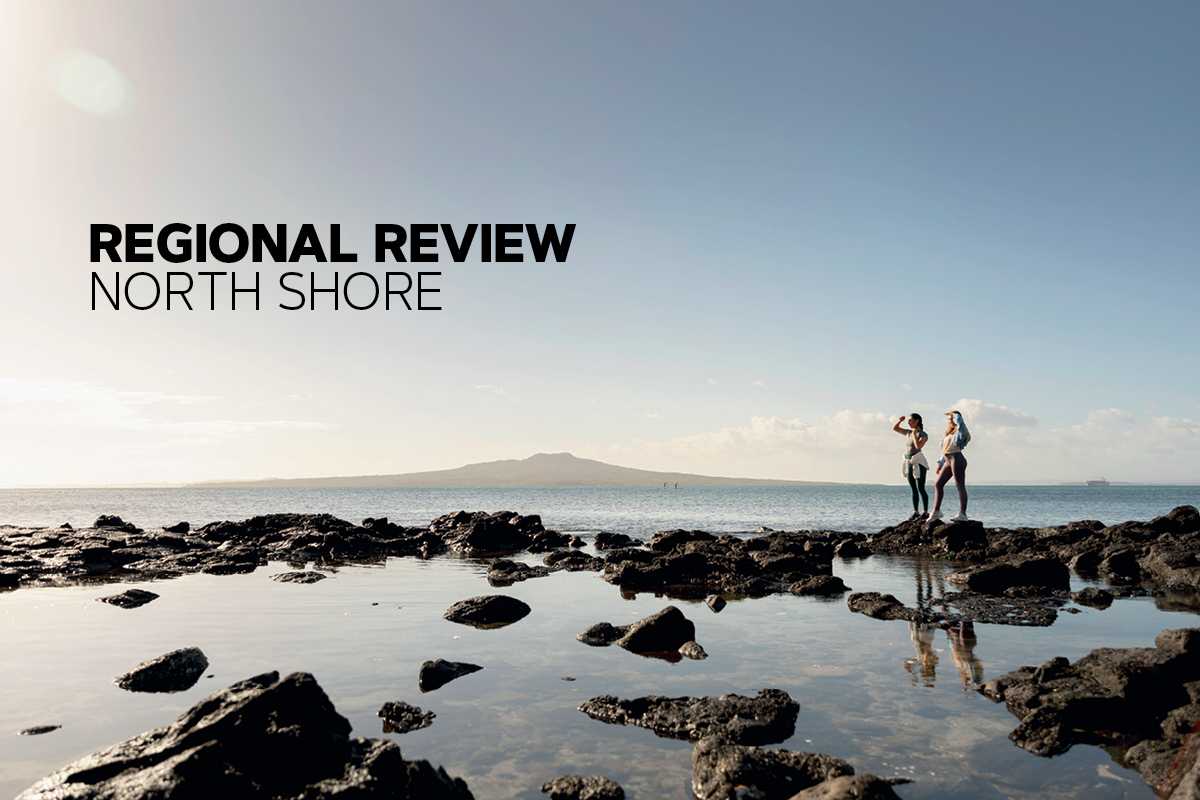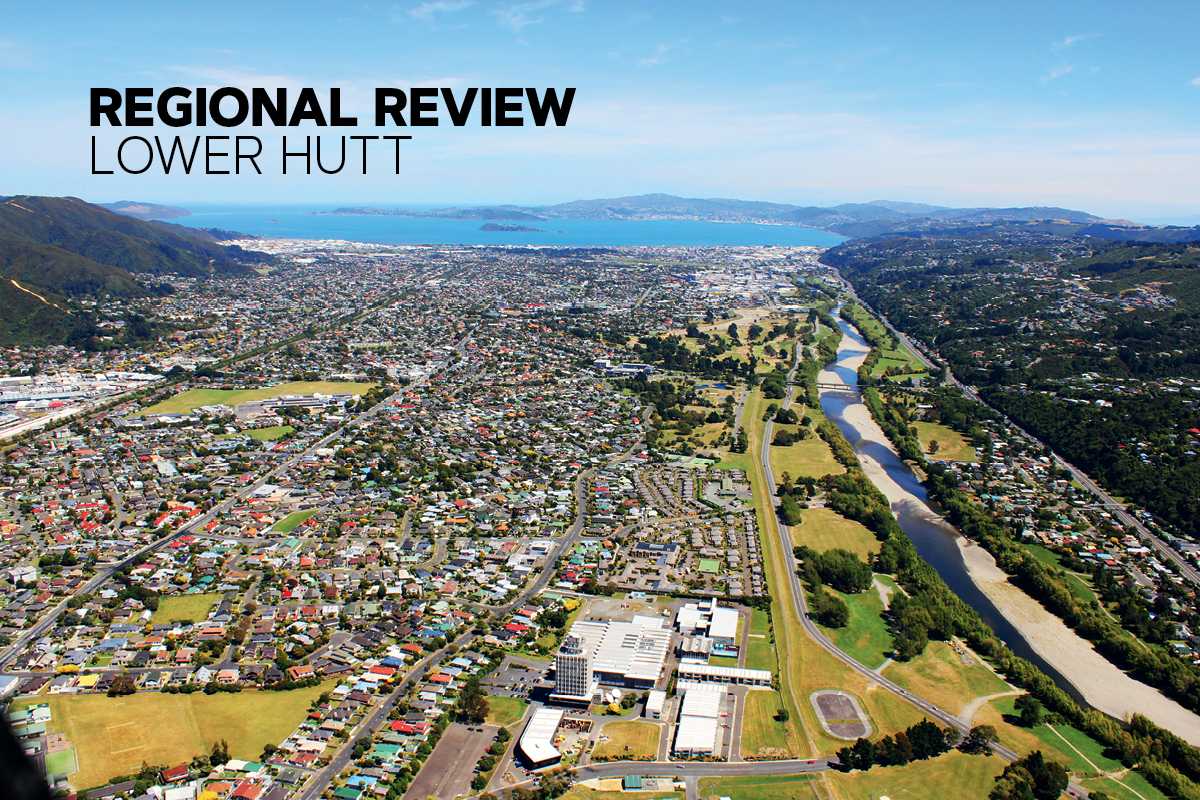
Core Logic Rotorua
Kelvin Davidson, Senior Property Economist, Corelogic
30 September 2019
The Data
Rental data is sourced from the Ministry of Building, Innovation and Employment (formerly the Department of Building and Housing) based on rental bonds lodged. This rental data is supplied to us, grouped into geographic areas based on statistical area units used by Statistics NZ for the census, and as a result do not always match well with common usage suburb names.
The rental data for each area is matched to house price information from our database to determine property prices and therefore yield. The yield is calculated as the annualised rental income divided by the median house value calculated using our E-valuer.
Market Composition
Rotorua’s rental property market is dominated by houses, although it also has a decent presence of flats and apartments. Of the 418 properties on the market, 318 are houses (76%), with 76 flats (18%), and 24 apartments (6%). Most markets across the country share a similar mix, with houses the most significant.
The most rental houses within Rotorua are in Ngongotaha/Pleasant Heights/ Koutu (136), followed by Kuirau/ Hillcrest/Glenholme (64). However, in those areas, houses only comprise 91% and 42% respectively of all rental property on the market. Across the remainder of Rotorua – i.e. Holdens Bay/ Owhata/Ngapuna, Pukehangi South/ Springfield, and Rural Rotorua – houses are 100% of the rental property available.
In other words, they have no flats or apartments. The most flats (63) are Kuirau/Hillcrest/Glenholme, accounting for 42% of rentals on the market in that area. Ngongotaha/Pleasant Heights/Koutu has 13 flats. Each of the 24 apartments in Rotorua are located in Kuirau/Hillcrest/ Glenholme, representing the remaining 16% of stock in that area.
House Size, By Bedroom Count
Focusing in on the 318 rental houses on the market in Rotorua, none have either one bedroom or five bedrooms. Just a touch more than 200 (roughly 65%) have three bedrooms, while about 70 are two-bedroom, and around 45 are four-bedroom. Ngongotaha/Pleasant Heights/Koutu has the most rental houses across Rotorua in each of the two- (29), three- (92), and four- (15) bedroom brackets, followed by Kuirau/Hillcrest/Glenholme.
However, as a share of each area, two-bedroom houses are most significant in Rural Rotorua and Kuirau/Hillcrest/ Glenholme. Pukehangi South/Springfield has no two-bedroom rental houses on the market, with three bedrooms accounting for a substantial 84% of stock there.
In the four-bedroom bracket, the largest share of the rental house market is found in Rural Rotorua (23%), with the lowest in Ngongotaha/Pleasant Heights/Koutu (11%).



Rent And Yield
By matching average value to rent we can look at gross yield for three-bedroom houses in each area.
Median weekly rents for threebedroom houses across Rotorua vary quite a bit, from only $370 in Rural, up to $460 in Pukehangi South/Springfield. There’s also quite a wide variation in median property values for three-bedroom houses, from less than $375,000 in Ngongotaha/
Pleasant Heights/Koutu up to more than $500,000 in Pukehangi South/Springfield. The result is that gross rental yields differ as well. Kuirau/Hillcrest/ Glenholme’s yield is less than 5% (which is still actually a respectable figure by national standards), whereas the figure for Ngongotaha/Pleasant Heights/Koutu is closer to 6%.
Rental growth has also been very strong in Rotorua lately, from a decent 7.3% in Kuirau/Hillcrest/Glenholme right up to a very strong 19.4% in Rural. (Note that a lack of comparable transactions in Rural means that a median property value can’t be estimated, therefore we can’t provide an indicative gross yield either).


